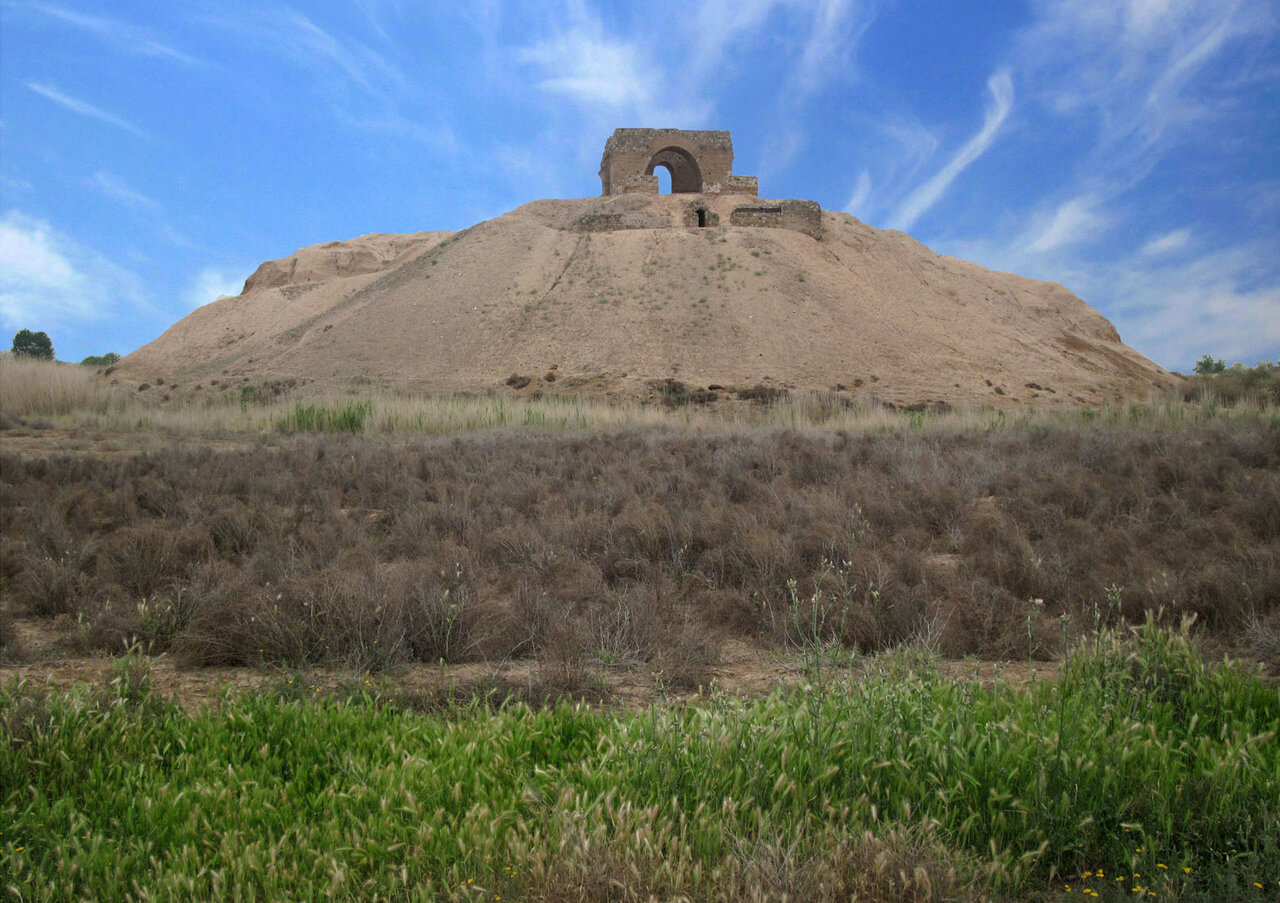Sassanid site in Rey, southern Tehran, secured with walls

TEHRAN - The Tepe Mil archaeological site in Rey, southern Tehran, has recently been enclosed with protective walls, a significant step in preserving this key Sassanid-era site.
Known as the Fire Temple of Bahram Gur or Atashkadeh Rey, Tepe Mil is one of the most notable ancient sites in the region.
According to Qadir Afrovand, the director of Rey’s national heritage site, this is the first time that Tepe Mil has been fully enclosed, ensuring its long-term protection.
Afrovand on Sunday emphasized that the lack of protective walls around the site had previously posed serious safety and preservation challenges.
Rey is one of the oldest towns in the central Iranian plateau with a history of human settlement that stretches back in time for over 8,000 years, according to Afrovand who is an archaeologist as well.
He said that alongside the installation of walls, several other major conservation and restoration efforts have been undertaken at the site.
These include the cleaning, protection, and restoration of historical stucco work, as well as the completion of its protective covering. Environmental cleanup, site organization, and the installation of security surveillance cameras are also part of the ongoing efforts. In addition, new administrative equipment has been procured to support the site’s management, Afrovand explained.
This year also marked the beginning of the first season of excavations at Rey’s ancient Cheshmeh Ali site, which yielded significant and promising results, led by renowned archaeologists and accompanied by numerous students in the field.
“The ancient hill of Cheshmeh-Ali (literally meaning ‘Spring of Ali’), which is now a popular tourist destination in the heart of Rey, southern Tehran, bears testimonies to being a seat of power for various governments and dynasties throughout history,” Afrovand said.
The history of Rey, according to the Encyclopedia Britannica is featured in the Avesta (the original document of Zoroastrianism, an Iranian religion) as a sacred place, and it is also mentioned in the book of Tobit, of the biblical Apocrypha, and by classical authors.
Iran’s history places a great deal of emphasis on the Sassanid era. The Sassanid era saw a general renaissance in Persian art and architecture. Palaces at Ctesiphon, Firuzabad, and Sarvestan, which are among the highlights of the ensemble, are just a few examples of the grandiose proportions that architecture frequently adopted.
A Sassanid archaeological landscape typically depicts a highly effective land use system and the strategic use of natural topography in the development of the earliest Sassanid cultural centers.
AM
